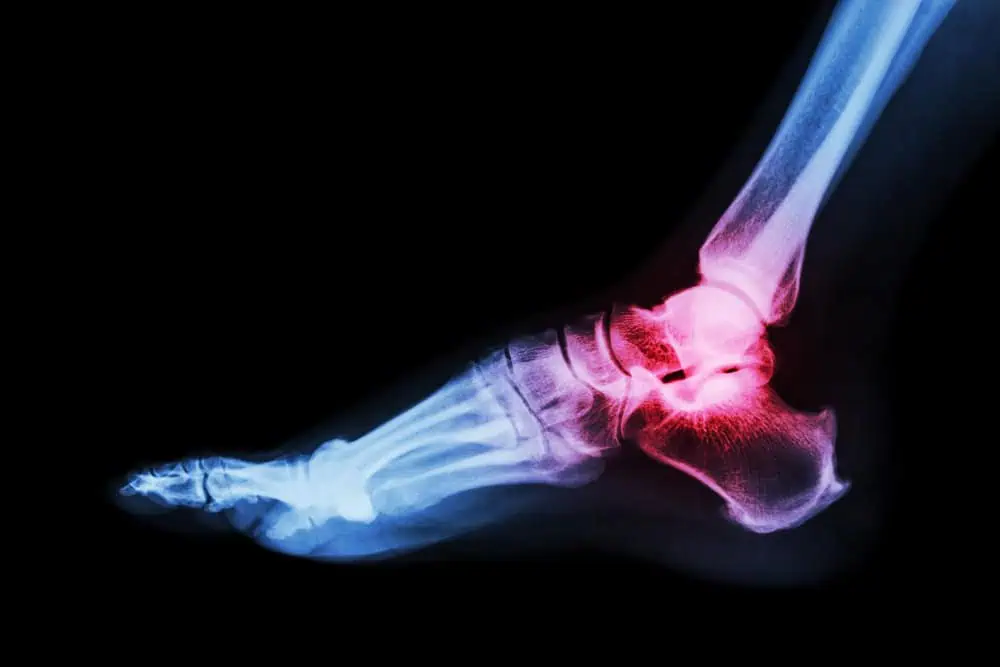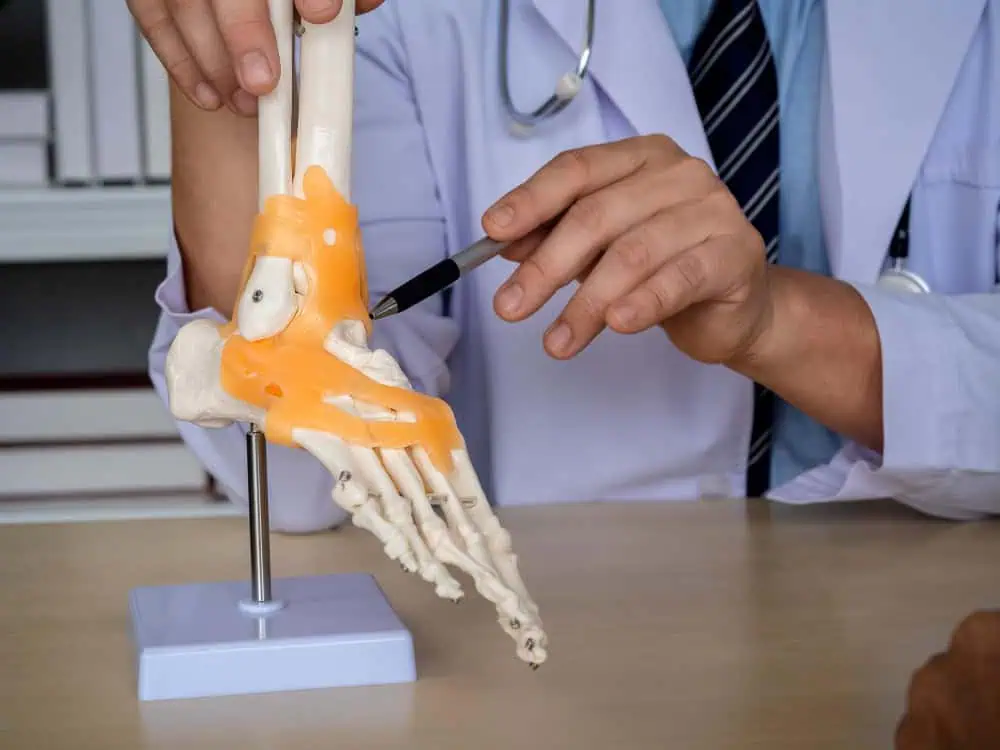
Osteoarthritis is a common degenerative joint disease that affects millions of people worldwide. While it commonly affects weight-bearing joints like the knees and hips, it can also impact the foot and ankle joints. In this article, we will delve into osteoarthritis of the foot and ankle, exploring its causes, symptoms, and management strategies.
Understanding Osteoarthritis of the Foot and Ankle
Osteoarthritis occurs when the protective cartilage that cushions the ends of bones within a joint starts to wear down over time. In the foot and ankle, this can lead to pain, stiffness, and difficulty with mobility. Several factors can contribute to the development of osteoarthritis in these joints, including:
- Age: The risk of osteoarthritis increases with age, as the cartilage naturally deteriorates over time.
- Previous Injuries: Previous injuries to the foot or ankle, such as fractures or sprains, can contribute to the development of osteoarthritis later in life.
- Genetics: Certain genetic factors can make an individual more susceptible to developing osteoarthritis.
- Foot Structure: Abnormal foot structure or mechanics, such as flat feet or high arches, can increase stress on the joints and lead to osteoarthritis.
Symptoms of Osteoarthritis of the Foot and Ankle
The symptoms of osteoarthritis in the foot and ankle can vary from person to person, but common signs to watch out for include:
- Pain: Persistent pain in the affected joint(s) is a hallmark symptom of osteoarthritis. The pain may worsen with activity and improve with rest.
- Stiffness: Joint stiffness, especially after periods of inactivity or upon waking up in the morning, is a common complaint.
- Swelling: The affected joint(s) may become swollen and tender to the touch.
- Limited Range of Motion: Osteoarthritis can restrict the movement of the foot and ankle joints, making it challenging to perform certain activities.
- Joint Deformities: In advanced cases, bony growths or joint deformities, such as bone spurs, may develop.
Management Strategies for Osteoarthritis of the Foot and Ankle
While there is no cure for osteoarthritis, several management strategies can help alleviate symptoms and improve joint function. Here are some common approaches:
1. Medications
Over-the-counter pain relievers, such as acetaminophen or nonsteroidal anti-inflammatory drugs (NSAIDs), can help reduce pain and inflammation. Prescription medications may be recommended for more severe cases.
2. Physical Therapy
Physical therapy plays a crucial role in managing osteoarthritis of the foot and ankle. A skilled therapist can design a tailored exercise program to strengthen the muscles around the affected joints, improve flexibility, and enhance overall joint stability. They may also suggest assistive devices, such as braces or orthotics, to support the foot and ankle.
3. Weight Management
Maintaining a healthy weight is important, as excess weight puts additional stress on the joints. Losing weight through a balanced diet and regular exercise can help reduce the impact on the foot and ankle joints, relieving symptoms of osteoarthritis.
4. Assistive Devices
The use of assistive devices, such as canes or walkers, can provide support and alleviate pressure on the affected joints, especially during flare-ups or periods of increased pain.
5. Footwear Modifications
Choosing appropriate footwear is essential for managing osteoarthritis in the foot and ankle. Shoes with good cushioning, arch support, and a wide toe box can help reduce discomfort and improve stability.
6. Injections
In some cases, corticosteroid injections may be recommended to reduce inflammation and provide temporary pain relief. Hyaluronic acid injections, which help lubricate the joints, may also be considered.
7. Surgical Interventions
Surgery is typically reserved for severe cases of osteoarthritis that do not respond to conservative treatments. Joint replacement or joint fusion surgeries may be considered to relieve pain and improve joint function.
Seeking Professional Guidance
If you suspect osteoarthritis in your foot or ankle or experience persistent joint pain, it is important to consult with a healthcare professional. They can provide an accurate diagnosis, evaluate the severity of the condition, and recommend appropriate treatment options tailored to your specific needs.
By following a comprehensive management plan and working closely with your healthcare team, you can effectively manage osteoarthritis of the foot and ankle, reduce pain, and improve your quality of life.
Don’t let foot and ankle pain hold you back any longer! Take the first step towards a pain-free life by scheduling an appointment with WeTreatFeet Podiatry today. Click here to book your consultation and learn more about our specialized foot and ankle fracture management services. Regain your mobility and live life on your terms with WeTreatFeet Podiatry.
Remember, your feet deserve the best care. Contact us now and let our experts guide you towards a speedy recovery!
In this article, we have explored osteoarthritis of the foot and ankle, discussing its causes, symptoms, and management strategies. If you suspect osteoarthritis or experience ongoing foot and ankle joint pain, it is advisable to seek professional medical advice for an accurate diagnosis and personalized treatment plan. Remember, early intervention and proactive management are key to effectively managing osteoarthritis and maintaining an active lifestyle. Wishing you improved joint health and mobility!




